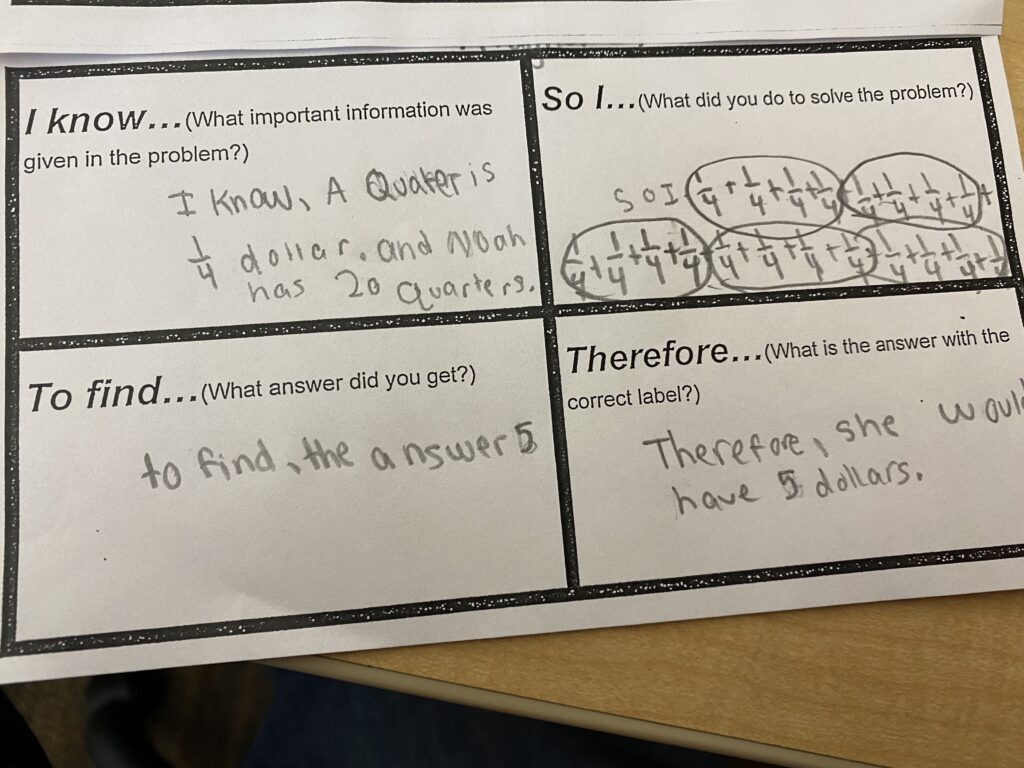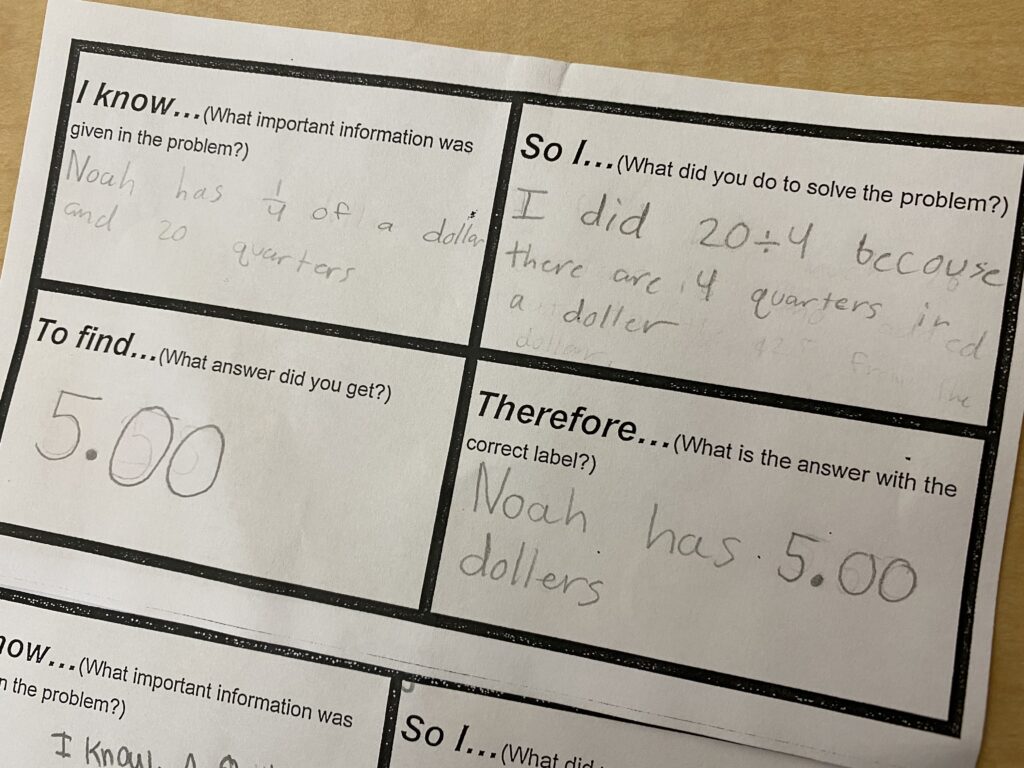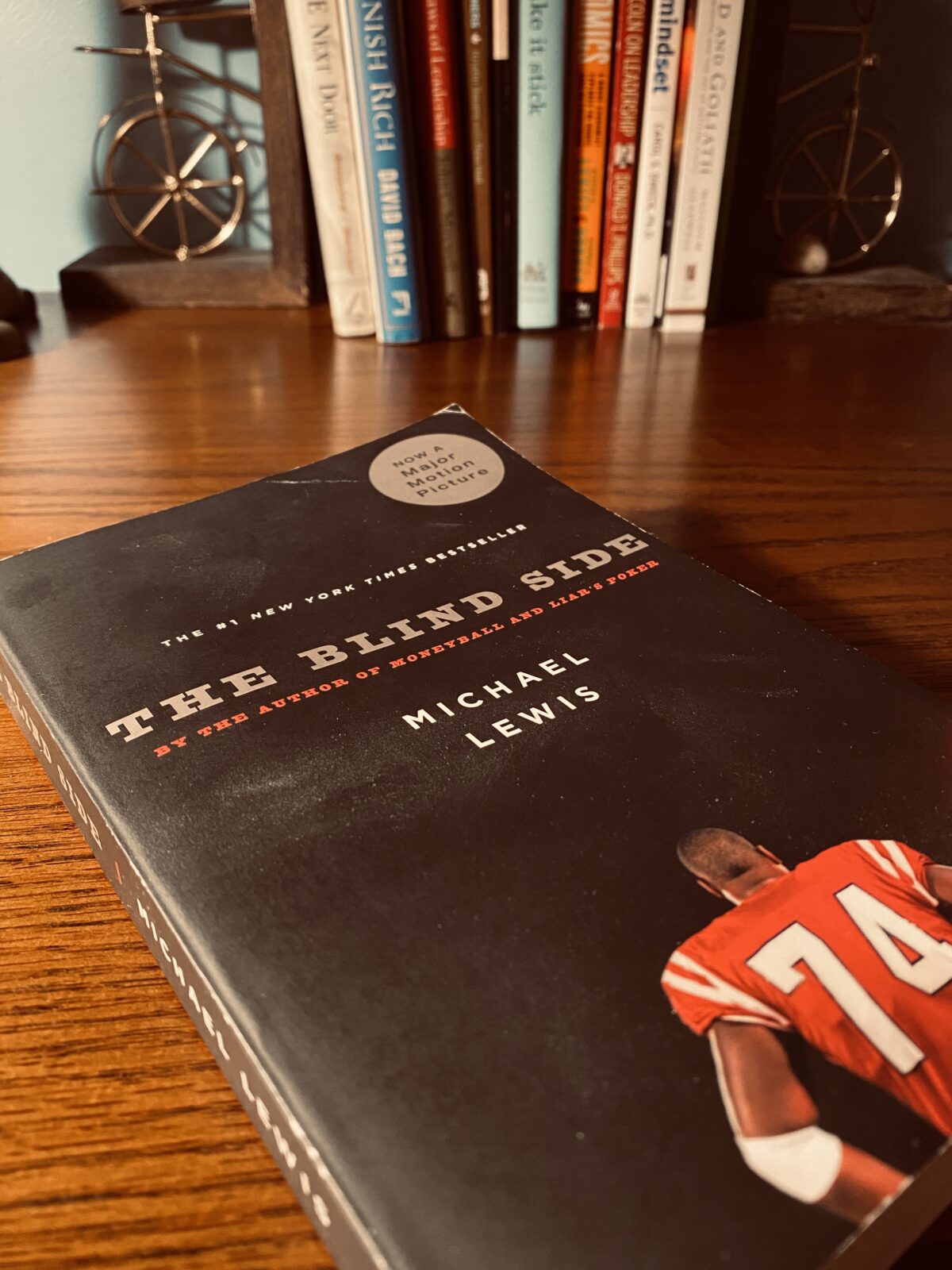There are some amazing people on social media. We live in a wonderful time where it is possible to learn from so many wonderful educators, policy makers, and other thought leaders. Here are a few of the people I follow on Twitter. The descriptions are taken directly from their Twitter profile. Information in parentheses I added for further context.
Jo Boaler – Stanford Professor, British Maths Revolutionary, Author: Limitless Mind, Online course experimenter, co-founder: http://youcubed.org & avid Baggies Fan!
Marilyn Burns – Working to make the world better for children through mathematics. I blog at http://marilynburnsmathblog.com
George Couros – The best educators change the trajectories of those they serve. Through learning, teaching, writing, & speaking, I continue to aspire to this. I also love dogs.
Malcolm Gladwell – Skinny Canadian (Journalist and author or books such as The Tipping Point, David and Goliath, Blink, Outliers, and Talking to Strangers.)
Jon Gordon – Best-selling author of 20 books including Energy Bus, Power of Positive Leadership, The Carpenter. Clients: Rams, Clemson FB, Dodgers, Dell, Snap, Heat, Pacers
Adam Grant – Organizational psychologist @Wharton. Books: GIVE AND TAKE, ORIGINALS, OPTION B. Podcast: WorkLife @TEDTalks. Diver. Success is helping others succeed.
John Maxwell – Bestselling author & speaker on leadership. Christian. Blogger. Trainer. Coach. Everything rises & falls on leadership.
Pedro Noguera – Professor of Education, founder @ctschoolsucla. Primary interests: urban education, race and policy, changing the world.
Daniel Pink – Author of 6 books. Father of 3 kids. Husband of 1 wife.
Michael Pollan – Author of How to Change Your Mind; Cooked; Food Rules; In Defense of Food; The Omnivore’s Dilemma; The Botany of Desire and Second Nature.
Kristen Souers – I am a licensed mental health counselor, author, professor and consultant who has dedicated over 25 years to advocating for those impacted by trauma.
Greg Tang – Speaker, Educator, Writer and Online Game Developer. My goal is simple. Help kids become smart, well-rounded people who love to learn!
Todd Whitaker – Focus on Leadership, Teaching, Motivation. Written 50 books inc What Great Teachers Do Differently, Shifting The Monkey, Your First Year, School Culture Rewired











